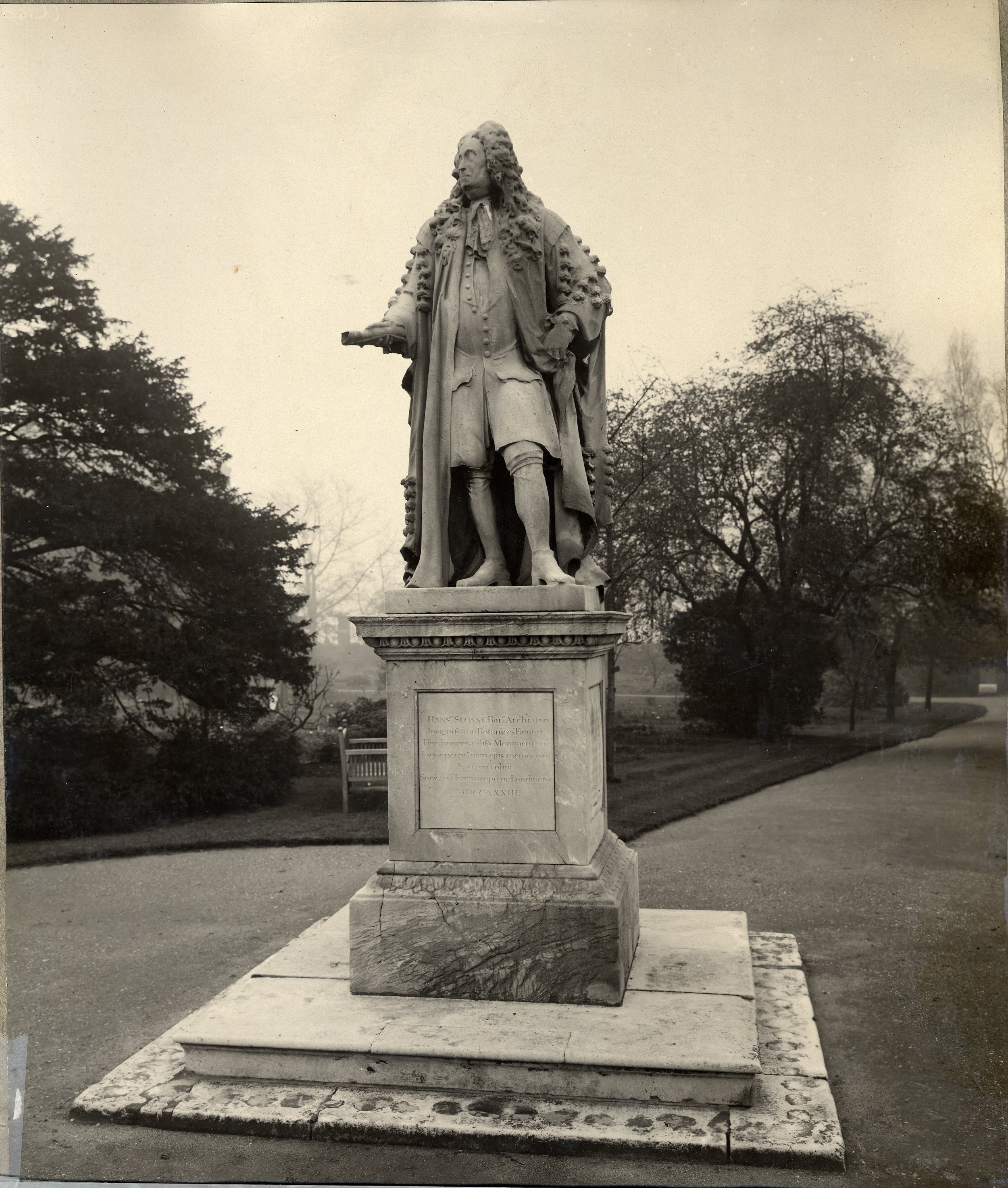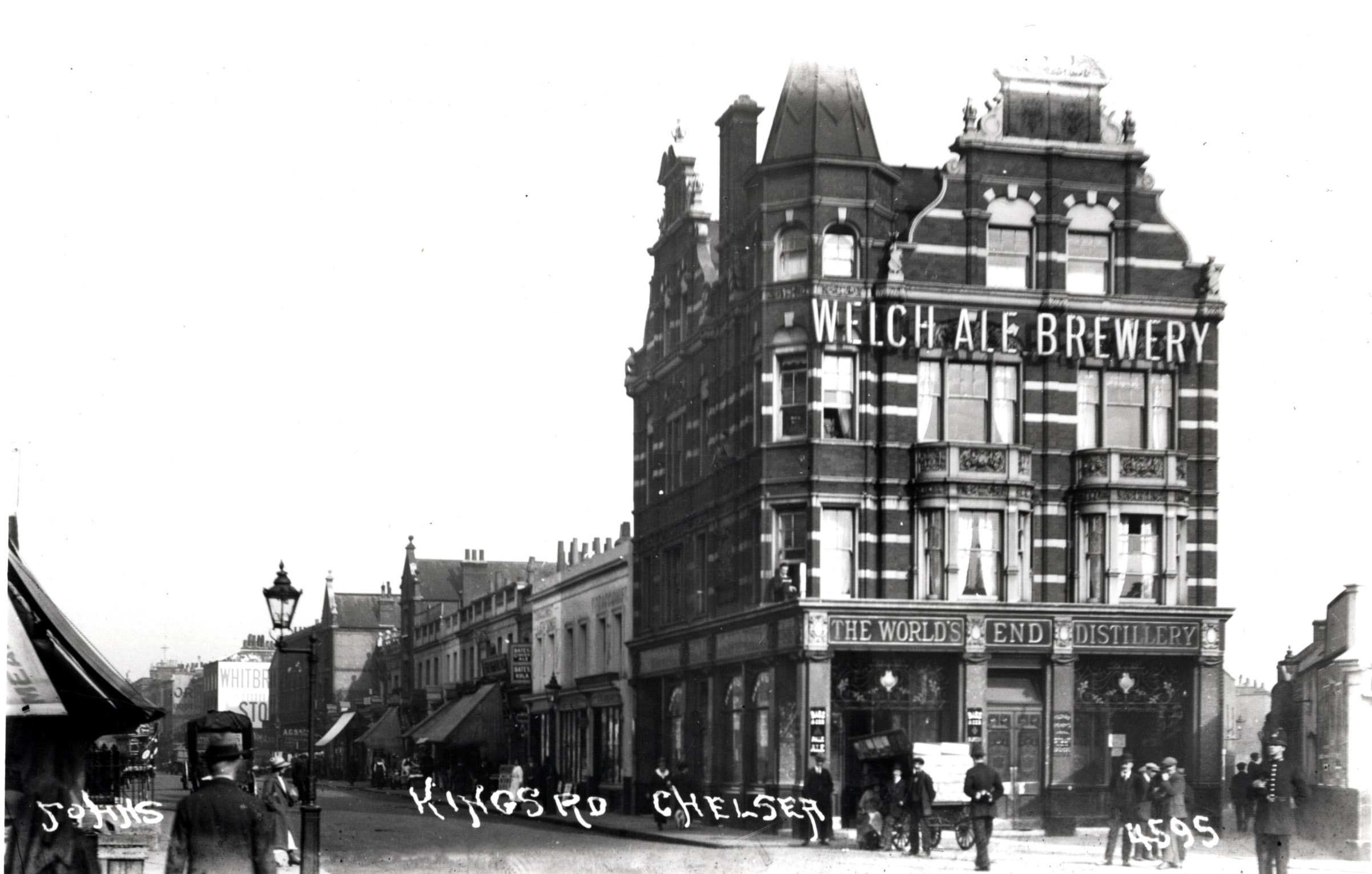Retrospect
The Coronation of King Charles 111 (on May 6th 2023) marks a historical moment that the majority of us haven’t seen before, but as our third King Charles ascends to the throne, attention inevitably is drawn to his predecessor namesakes and their complex place in our historical narrative. As our famous ‘road’ takes its name from a sovereign, crowned at a time when ‘kings’ were believed to be descended from the divine, what’s the story of King Charles 11 and his creation of the King’s Road?
The King’s Road was initially built in 1694 (apparently at the behest of his mistress Nell Gwynn) as a private thoroughfare for King Charles 11 and also the Royal family who used it when travelling to their palaces at Hampton Court and later Kew Gardens. The King’s Road remained a private road until 1830, but from around 1720, it could be used by members of the public who had paid tokens for allowing them to travel along it. Since 1830 the King’s Road has been an ordinary public highway as it still stands today.
Whilst it was actually Henry V111 who set the tone for Chelsea, dragging it up from its humble beginnings as Cealc-ho (old English for Chalk Wharf) by building palaces in the area, King Charles’ creation of the King’s Road gave the area further exclusivity, which still pervades the area today.
You can find the famed statue of King Charles 11 by Grinling Gibbons - celebrated as arguably the greatest decorative wood carver in British history - at the Figure Court at Royal Hospital Chelsea. Infact it is even older than The Royal Hospital Chelsea itself and was commissioned for a fee of £500 and presented to King Charles 11 by his loyal retainer Tobias Rustat in 1676. Standing 7.5ft tall, it was cast in bronze and originally gilded, before being bronzed in 1782. It is a unique depiction: instead of showing the King with his customary wig and moustache, he is portrayed as a Roman general, complete with laurel leaves and a baton as well as his beloved King Charles Cavallier spaniels at his feet. Today the statue still stands proudly where it was first installed by Augustine Harris more than three centuries ago.
While many begin by coming to Chelsea for the fashion and the social scene, those in the know understand that the cultural backdrop in Chelsea is just as strong. From classical concerts to jazz nights, with challenging theatre at both ends of the two mile stretch, cutting edge cinema at Curzon and the very best of contemporary art at Saatchi Gallery. The military institutions of the newly revamped National Army Museum and the Royal Hospital sit next to each other on Royal Hospital Road. The botanical gardens of Chelsea Physic Garden are a local idyll and the private Chelsea Arts Club and London Sketch Club are a sight for sore eyes. Chelsea has the variety that makes it one of London's most historic and beautiful neighbourhoods, informed by the past, but with a vibrant daily life and an eye to the future.
Whether you come by river taxi, private launch, black cab, personal chauffeur, minicab, cycle, motorbike, twin-seater, hot air balloon, off-roader, rollerskates, scooter, tube, bus, walk or even land at the nearby heliport...
...we're ready to welcome everyone from far and near.
Drop by and experience history in the making #seeforyourself
Images courtesy of RBKC Local Studies
For more history take a look at The Library Time Machine




















































